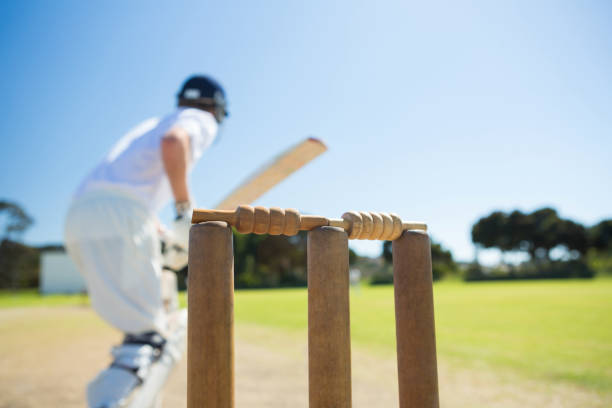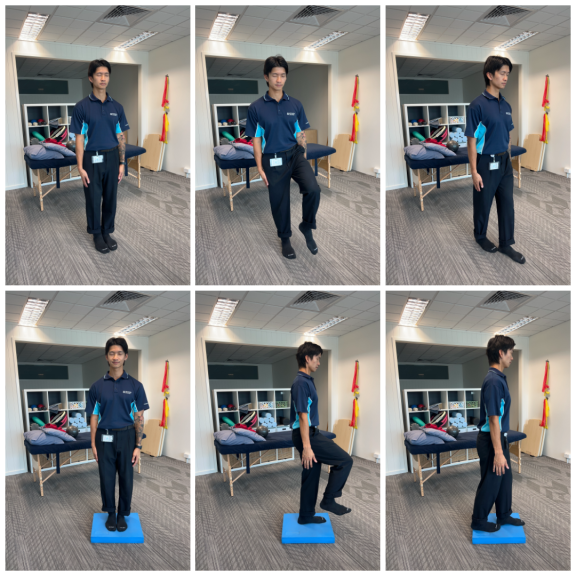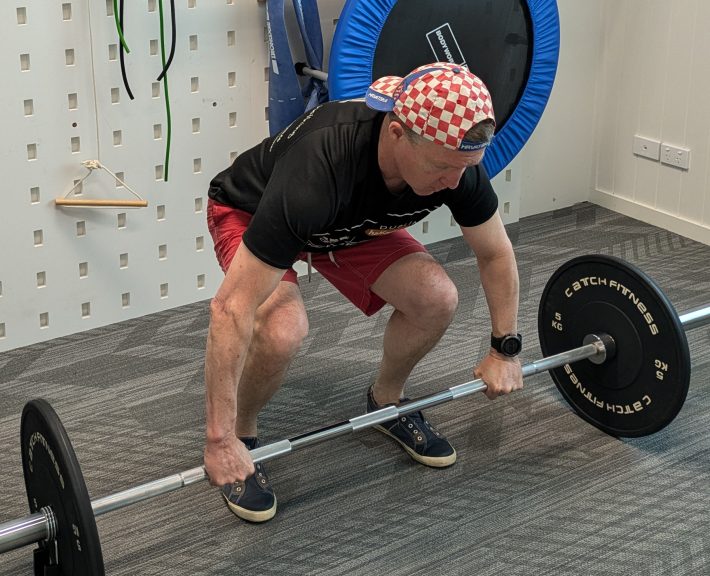Welcome to part two! In this article, we’re going to build upon last months research and look at another two of the most popular team sports in Australia and the injuries that most commonly accompany them. Today, we are going to discuss injuries in cricket and basketball.

Cricket Injuries
Cricket is a very different sport to soccer and football, and is accompanied by slightly different injuries. Cricket involves more use of the upper body with actions like throwing, batting, gripping, diving and catching. The sport can also be played for a seriously long time, with test matches being played for consecutive hours and days. This can lead to stress being placed on areas like the spine and leading to injury. There are other shorter forms of cricket like T20 which require more power and speed compared to the test format.
When looking at the 2011 world cup, lower back injuries were one of the most common cricket injuries amongst teams (1). After that were injuries to the knee and thigh. However, the injuries sustained at the world cup in these areas didn’t cause players to miss matches. The injuries most responsible for missed matches were again to the thigh, hand and illness related (1). A build up of microtrauma was found to be the cause of most injuries. In other words, this is a build up over time of little injuries or overuse or weakness that eventually leads to pain.
Shoulder injuries were the fourth most common injury at the 2011 cricket world cup that athletes played through matches with (1), and in some seasons, has accounted for 5% of injuries in first class cricketers in Australia (2). It isn’t surprising with the repetitive high force and velocity required to bowl, throw and catch throughout the game. A fast pace bowler will bowl up to around 140 km per hour, and will do this for over 20 overs sometimes. This can be for around two hours of match play.
When looking at Australia alone, the most common injuries to cause hospitalisations were due to fractures, soft tissue injuries and dislocations as of 2021 (3). There were around 540 hospitalisations due to injuries to the hand and wrist, 230 to the head and neck and around 215 to the hip and leg. The most common cause of hospitalisation was actually from equipment in the sport itself, so being hit by the ball for example.
The key takeaway for cricket players is in order to have a healthy season of cricket is firstly, your shoulder has to be bulletproof. You need to have strength and mobility in all ranges of the shoulder. Without this, you risk overstretching and stressing your shoulder to the point of injury. You need to have good lower back mobility to avoid stress related injuries to the area. With better mobility and strength in the low back, players are more likely to get through games without feeling as sore. Finally, having good hand eye coordination to minimize risk of injury through ball contact. A ball flying off the bat at close range can be dangerous for those who struggle with quick catching reaction times and should be practiced to avoid injury.
Basketball Injuries
Most will consider basketball knee injuries to be the biggest cause of missed playing time. The repetitive jumping and landing on the court leaves players susceptible to injuries relating to the ligaments, joints and muscles around the knee. The ankles and feet can also be prone to injury from landing when grabbing rebounds. Many bodies in a small space on the court can lead to players landing on others' feet and rolling their ankles. Let's discuss the numbers behind basketball injuries, and if they back up the common consensus.
When looking at the most elite competition, the NBA is where the best of best play. A study on the NBA investigated injuries suffered from the 1989-2005 season. Unsurprisingly, ankle sprains were found to be the most common (4). Severe ankle sprains can keep players out for over 6 weeks in some cases, and even lead to fracture when a ligament rupture takes some bone with it. After basketball ankle injuries, patellofemoral joint inflammation was the next most common area of concern. This is the joint is where the thigh bone and knee cap meet, and it can become irritated from the repetitive jumping and landing, which places the joint under extreme pressure.
The most recent data for Australian basketball is from the 2020-2021 years. As those years were during covid lockdowns, the data doesn’t best represent what the injuries may look like today, but it is still useful to know and understand. From 2020-2021, fracture was the most frequent reason for hospitalisation, followed by soft tissue injuries and head injuries (5). Males suffered more hospitalisation than females and most individuals that suffered injuries were between the ages of 10-19.
As a basketballer, the areas to target in order to minimise injury risk are going to be lower limb strength and conditioning. Training strength, power and speed so your joints are able to cope with the demands of basketball is a must if you want to avoid knee soreness and inflammation. Having good landing technique and awareness will be key in trying to avoid ankle sprains, while also training balance and proprioception of the ankle and foot. As muscle injuries are also extremely prevalent, training mobility and strength is important so your muscles and tendons can adapt to high load demands, and not strain, tear or rupture.
What Aussie Athletes Should Take Away From This…..
Injuries in sports are apart of the game. The best thing you can do for your health is to continue to play sports while being mindful of how to minimise injury risk. The good news is, if you do happen to suffer an injury, the clinical team, consisting of lower back pain specialist Physio Dr Jayce Gilbert and Physio Isabelle Stokie are experts when it comes to sports injuries. We are a sports injury based clinic in Cheltenham that provides exceptional rehabilitation and prevention, and can help you with your injuries relating to sport. We can assess strength and power with our high-quality testing equipment and we can tailor exercises to target your weaknesses. If it is something you need help with or are interested in, get in touch with us! We would love to help you reach your goals on your sporting journey.
Section: FAQ
Should I Still Play These Sports?
Absolutely! Team sports are a great way to build relationships, make friends and stay physically healthy. It’s just important to understand the risks of injury and how to best minimize them where possible!
How can my physio help me?
At our clinic, we can help prevent injuries and identify weaknesses that need to be improved, or we can rehab the inevitable injuries that can occur over the course of a season. If you want to know more, contact the clinic on our home page!
I play one of those sports and think I have one of those injuries, what should I do?
The best thing you can do is seek help from a professional. Our clinical team is here to help you and can provide you a management plan to have you up and going as soon as possible. You can find our number or email on the home page, or send us a message on our socials!
I play one of those sports, but I think I have a different injury, what should I do?
It is definitely possible you have something completely different to what was discussed in this article, as these are only a few of the most common injuries. If you think you have injured something that isn’t talked about here, it is crucial to get it looked at by a professional and have a proper diagnosis.













